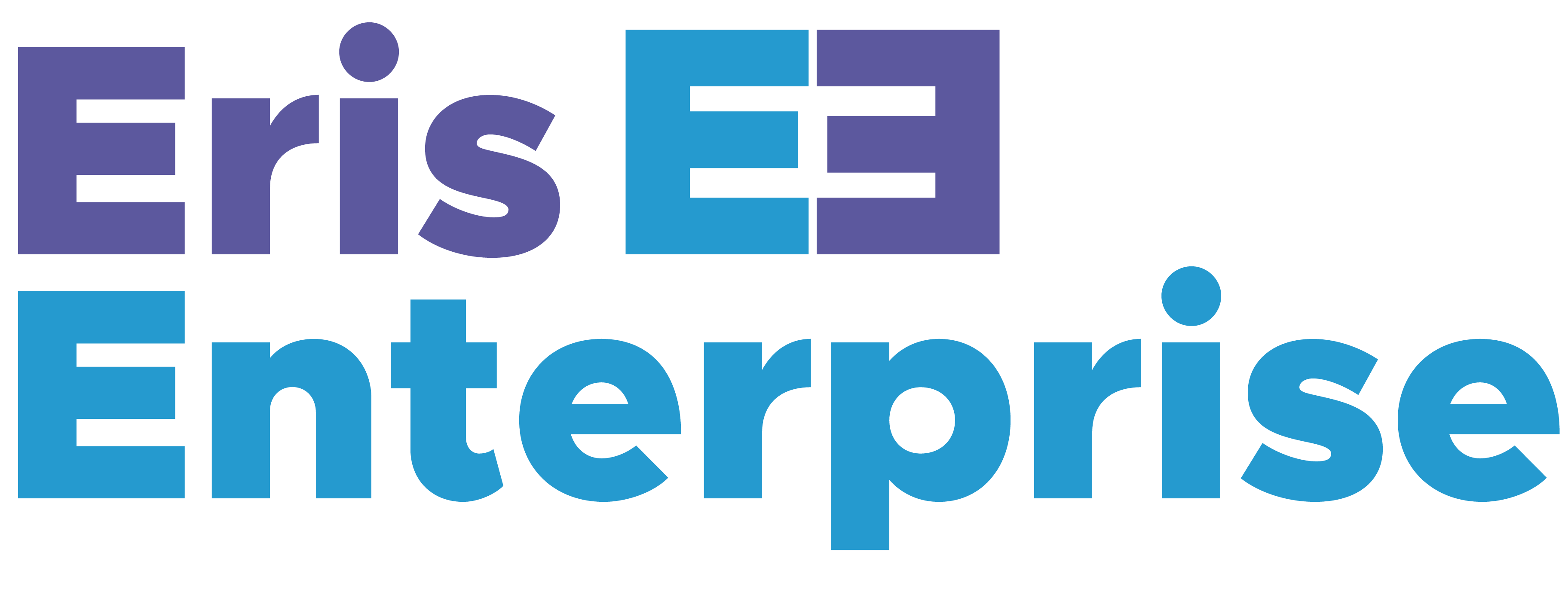Building a data strategy that Connects Your business operations
A comprehensive data strategy is a core building block for organizations as they start planning for long-term initiatives. Whether it be digital transformation or a major system upgrade, data is the core of it all. At Eris Enterprise we understand this and have the experience to work with you to create a pragmatic strategy that prepares you for growth.
Where to Begin
A data strategy does not start with technology; that is the end state. The starting point for us is always business processes and outcomes. We design data architectures with the intent of measuring performance and telling the story of the business. To do this, we start with understanding how the business operates.
The processes of the business and measurements inform about what is important for growth. This is then mapped to the systems that support the business. Systems may be internal such as SAP, PeopleSoft, or any number of other ERP tools, including homegrown solutions. They may also include external systems such as Google Analytics, customer satisfaction surveys, and cloud customer relationship management tools. All of these tools collect business process data.
Mapping the journey and transformation of that data across the systems is the critical element of any data strategy. Maintaining the continuity of data is the critical success factor for enterprise data management. This happens to be where many systems fall short because they are built with a specific purpose and by disparate development teams or integrators.
Building a pragmatic Data Strategy
A well-designed data strategy is one that can be built by the business and IT in collaboration. It is a solution that is not overly influenced by market hype or biased industry analysts. Most importantly, it is a solution that your organization can continue to implement when the consultants leave. It is a pragmatic data architecture and strategy.
Our approach takes into account the current capabilities of your organization. We believe in presenting options that can be implemented with or without our assistance. In the end, it is your organization that owns the solution and will be supporting it after we are done.





